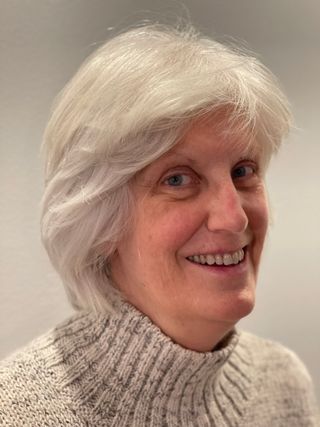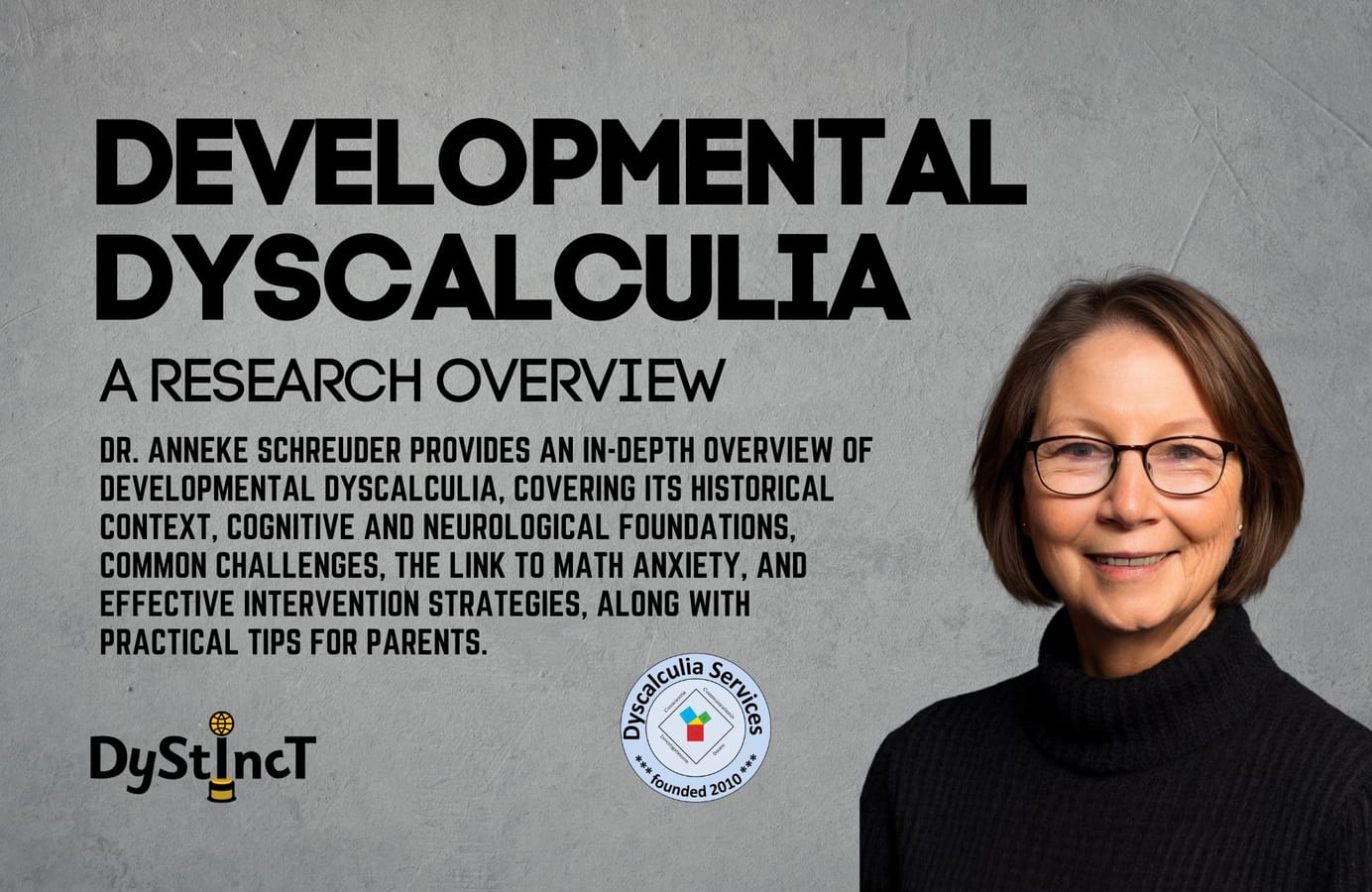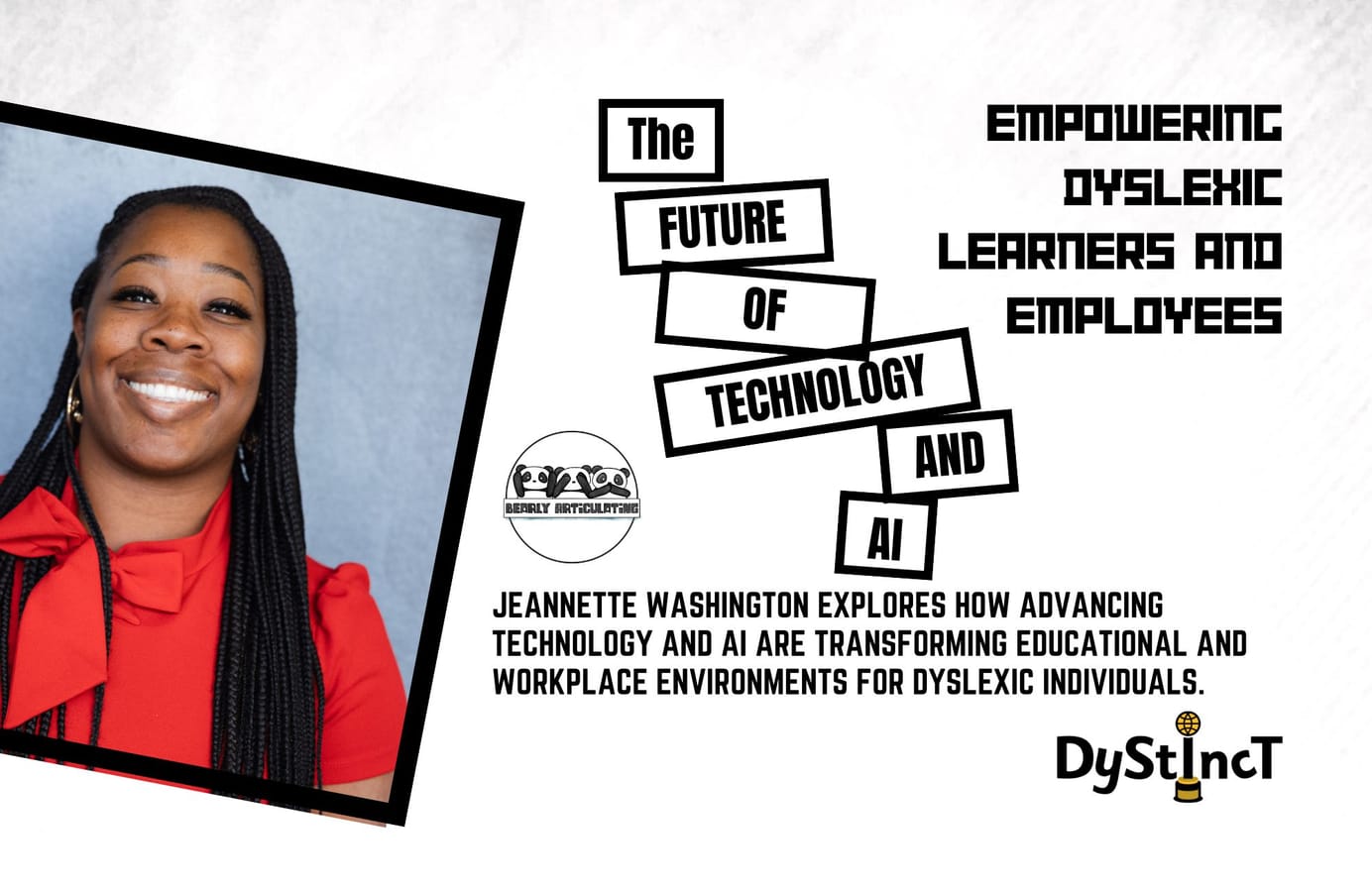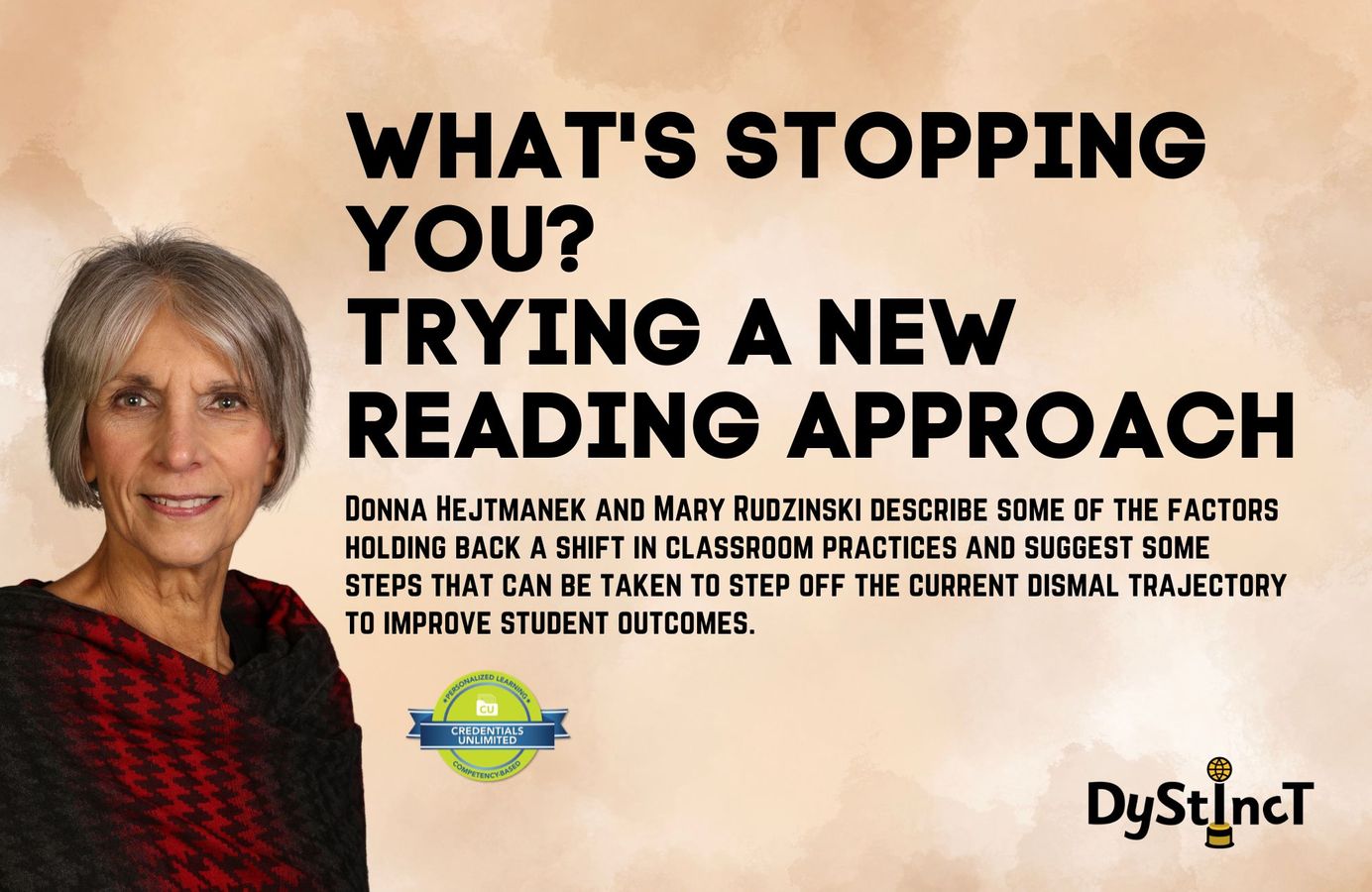
Issue 13: What’s Stopping You? Trying a New Reading Approach | Donna Hejtmanek & Mary Rudzinski
Donna Hejtmanek and Mary Rudzinski describe some of the factors holding back a shift in classroom practices and suggest some steps that can be taken to step off the current dismal trajectory to improve student outcomes.
To change student outcomes, we must first change adult practices.
~
Kari Yates
For the past fifty years, reading achievement among young students has remained flat. Despite years of focused efforts on reading research and curriculum, the needle on achievement levels has hardly moved. The latest PISA (Program for International Student Assessment) test results show the United States and Australia scored only slightly above average in reading worldwide, essentially unchanged from previous years. Scores for American 4th-grade students also reflect disappointing progress, with a majority scoring at basic or below for their grade level.
With such a poor return on our educational investment, what holds educators back from changing classroom practices to improve student outcomes?
And what change should we make?
First, consider some history. Back in the 1980s, classrooms moved toward the whole language approach, a movement in opposition to direct phonics instruction programs. In response to what became the “reading wars,” balanced literacy emerged, blending random phonics instruction into the whole language approach. But the science of reading has disproven the theory behind balanced literacy and the whole language approach. Balanced literacy icon Lucy Calkins has reconsidered her position and recently added a phonics component to her Units of Study curriculum. Kari Yates, the author quoted at the beginning of this article, previously wrote books supporting balanced literacy but now advocates a shift toward an evidence-based approach.
If research and test evidence support a shift in reading instruction, why has change been slow and reading instruction continued along the same dismal trajectory for so many schools?
In part, the lack of teacher education in the science of reading is a roadblock. Teachers trained in the last thirty years need to gain the expertise to implement the science of reading and find a starting point in their classroom. In other words, you cannot implement what you don’t know or understand. According to Emily Hanford, a Washington, D.C. journalist and author of the Sold A Story podcast, in the 1980s, teachers were “sold an idea” [whole language], which was a bad idea that became entrenched. Teachers didn’t know any better.
But that’s not the only thing holding back change.
Consider the work of Adam Grant. In Think Again, Grant describes curiosity and certainty as inversely related. The more confident we become in our decisions and choices, the fewer questions we form. In contrast, the more questions we ask, the less sure we remain of those decisions and choices. To see other possibilities, we must question choices.
Once we become committed, we stay loyal to our beliefs. Even if the data/feedback does not confirm our choice, we often double down and escalate our commitment. We use grit rather than quit, and modern culture encourages that attitude. Teachers believe in their methods and resist “rethinking” the curriculum. Test scores may be disappointing, but other factors- low socioeconomic status, lack of resources, and even the students themselves - are to blame.
Another obstacle to changing our minds is what Grant refers to as identity foreclosure. Unlike an identity crisis, with identity foreclosure, decisions become a foregone conclusion. We do not look for alternatives because our teaching is part of our identity. Changing course betrays the image we believe about ourselves and may even feel threatening.
Additionally, we continue down a particular path because of cognitive entrenchment. The sheer mental work of creating change feels daunting and challenging. Individual teachers may identify poor reading achievement and even be aware of the science of reading, but the steps to making a significant change are overwhelming and elusive. And the lack of training mentioned above comes into play.
So, how do we step off the current path and make a change of such magnitude across classrooms?
First, educators may need to process denial, anger, shame, and guilt to arrive at acceptance and growth. For any revolution to happen, the need for change begins with awareness and desire. If educators can move from “things are not that bad” to “we can grow and learn,” implementing best practices to serve our students can follow. It truly comes down to educating teachers about what decades of research have discovered about the process of learning to read.
A next step could be implementing another way to teach reading - the Structured Linguistic Literacy approach. This approach is not widely known, yet it is effective and efficient. Simply put, the Structured Linguistic Literacy method aligns with a child’s natural language acquisition and the science of reading. Instruction begins with a child’s awareness of phonemes and then proceeds to represent those phonemes in writing. Reading and spelling become intertwined, not separate activities. Initial studies show promising results with this evidence-based approach.
For any revolution to happen, the need for change begins with awareness and desire.
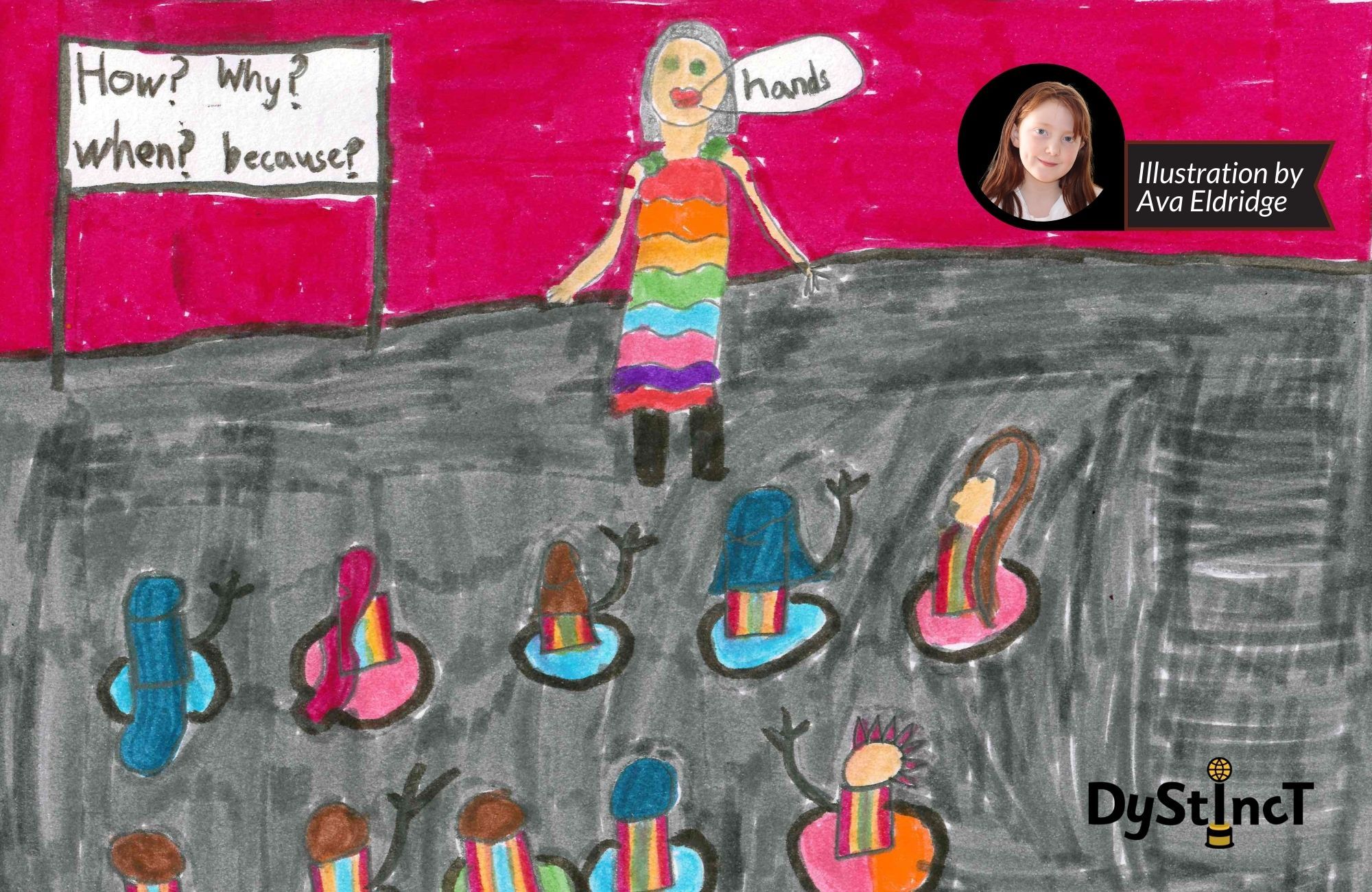
Within individual classrooms, educators need to be curious about change, find where they can grow in their instruction, and dare to make a change. Kari Yates likens “shifting the balance” to a chain reaction in dominoes. Being curious opens the door to learning something new and growing professionally. That curiosity about other possibilities is a necessary first step. Educators could pursue the following:
- Insisting upon training in the science of reading for current teachers and administrators.
- Changing the reading instruction curriculum in colleges and universities for pre-service students.
- Explore Structured Linguistic Literacy training and knowledge, including the S2P / Linguistic Phonics Exploration group on Facebook.
Other resources:
- Reading Reflex: The Foolproof Phono-Graphix Method for Teaching Your Child to Read McGuiness and McGuiness, 1999
- Why Our Children Can’t Read and What We Can do About It: A Scientific Revolution in Reading, Diane McGuiness 1999
References
- Kari Yates, Co-Author of Shifting the Balance: 6 Ways to bring the Science of Reading Into the Balanced Literacy Classroom, Stenhouse Publishers, 2021.
- US Students’ Academic Achievements: Performance Still Lags Behind OECD Peers [Research.com]
- Grant, Adam. Think Again. Random House, 2021.
- S2P / Linguistic Phonics Exploration [Facebook.com]
Donna Hejtmanek
CredentialsUnlimited.com
Science of Reading - What I Should Have Learned in College [Facebook]
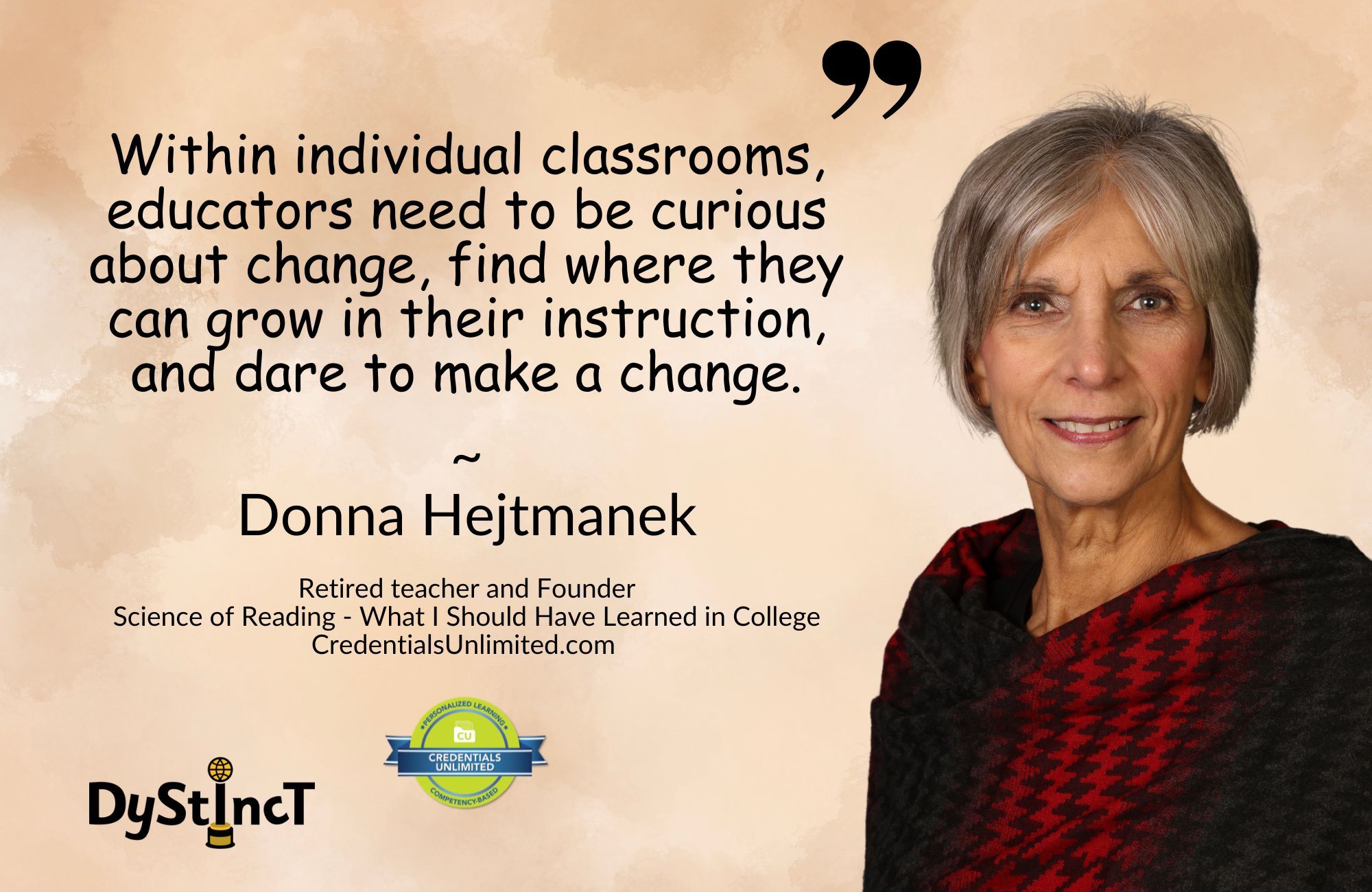
Donna Hejtmanek retired after 41 years of teaching special education and serving as a reading specialist/ interventionist. She served as president of the Literacy Task Force of Northern Wisconsin, was appointed by Gov. Scott Walker in 2014 to Wisconsin’s Read to Lead Literacy Council, served as the legislative chair of the International Dyslexia Association and served on The Legislative Council Study Committee on the Identification and Management of Dyslexia in 2018, resulting in Wisconsin’s first dyslexia bill, Act 86, signed into legislation in 2019. Hejtmanek was awarded the Herb Kohl Teacher Fellowship Award in 2016. Now, in her fifth year of retirement, she spends her days creating professional development opportunities for teachers on her Facebook group, Science of Reading—What I Should Have Learned in College.
Mary Rudzinski
Writer on the Run
Mrudzinski.com
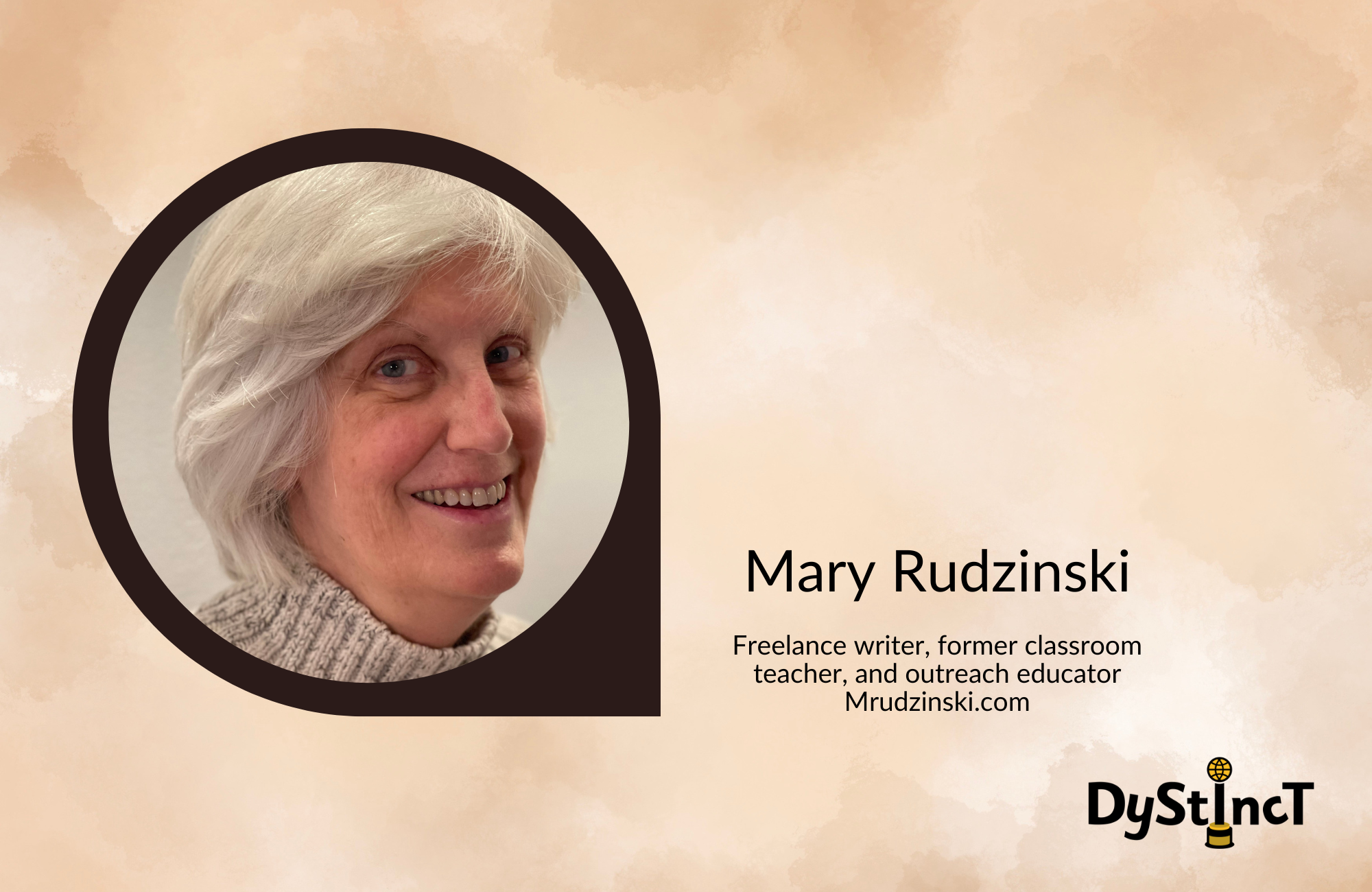
Mary Rudzinski is a freelance writer, former classroom teacher, and outreach educator. Teaching children to read and to love books was always a passion. She lives in Plymouth, Michigan.
Extracts from Dystinct Magazine












